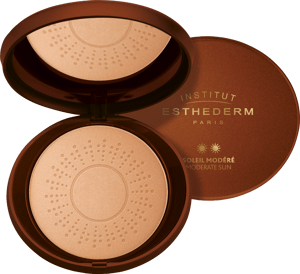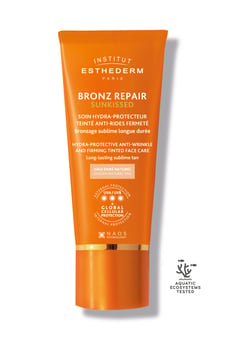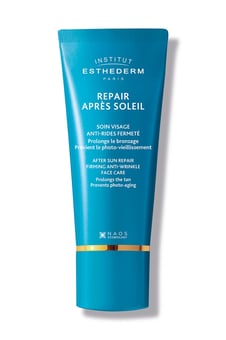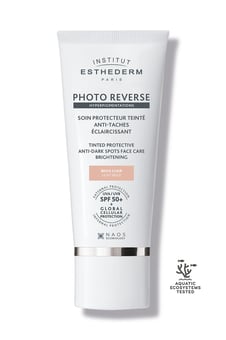Reflets de soleil Poudre ensoleillante protectrice - Soleil modéré
INSTITUT ESTHEDERM

Reflets de soleil Poudre ensoleillante protectrice - Soleil modéré
INSTITUT ESTHEDERM
Institut Esthederm Reflets de soleil Poudre ensoleillante protectrice - Soleil modéré
Suncare Face, Neck, Chest












